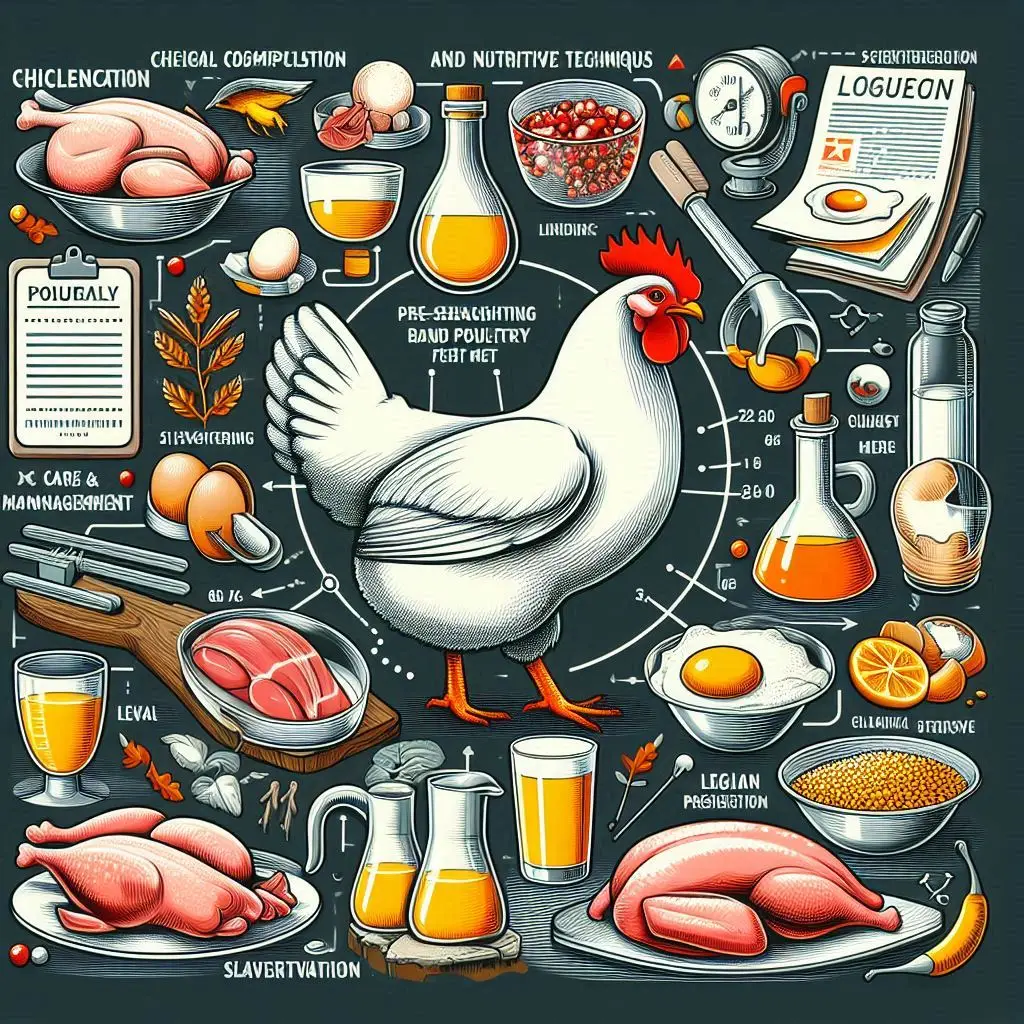Standardized Milk: Consistent Quality for Dairy

What is Standardized Milk?
Standardized milk has a regulated fat content. The fat percentage is adjusted by adding or removing cream to meet specific standards. This ensures consistency in taste and quality. Many dairy industries use this process to comply with legal requirements and consumer demands.
Why is Standardization Important in Milk Production?
Ensuring Consistency in Dairy Products
Consumers expect uniformity in milk. When milk has the same fat percentage, it creates a predictable taste and texture. This is crucial for dairy-based products like cheese, yogurt, and butter.
Regulatory Compliance
Different countries have legal standards for milk fat content. In India, the Food Safety and Standards Authority of India (FSSAI) has set specific guidelines:
- Full cream milk – Minimum 6% fat
- Standardized milk – Minimum 4.5% fat
- Toned milk – Minimum 3% fat
- Double toned milk – Minimum 1.5% fat
- Skimmed milk – Less than 0.5% fat
Standardization helps dairy producers meet these regulations. FSSAI guidelines provide details on milk composition standards.
Better Shelf Life and Storage
Milk with a controlled fat percentage lasts longer. The process reduces variations in composition, making storage and transportation easier.
How is Standardized Milk Produced?
Separation of Milk Components
Fresh milk contains varying amounts of fat. The first step is separating milk fat from the rest of the liquid. A centrifuge is used to divide cream and skimmed milk.
Adjusting the Fat Content
Once separated, dairy processors adjust the fat content. They either add cream for a higher fat percentage or mix it with skimmed milk to reduce fat.
Homogenization for Uniformity
After fat adjustment, the milk undergoes homogenization. This process breaks fat molecules into smaller particles, ensuring a smooth and even consistency.
Pasteurization for Safety
Milk is then pasteurized to kill harmful bacteria. Pasteurization extends shelf life and ensures the milk remains safe for consumption. Learn more about pasteurization techniques used in the dairy industry.
Types of Standardized Milk
Full Cream Standardized Milk
This milk has a minimum 6% fat content. It is rich, creamy, and used in making dairy products like ghee, butter, and cheese.
Low-Fat Standardized Milk
Milk with reduced fat, such as toned (3%) and double-toned (1.5%) milk, is ideal for calorie-conscious consumers.
Skimmed Standardized Milk
This version contains less than 0.5% fat. It is suitable for those who prefer low-fat dairy options.
Benefits of Standardized Milk
Consistent Nutrition
Consumers receive the same nutritional value in every purchase. Standardization helps maintain uniformity in protein, vitamins, and minerals.
Ideal for Dairy Processing
Dairy companies prefer standardized milk for making curd, ice cream, and flavored milk. Predictable fat content enhances the final product’s quality.
Improved Digestion
Homogenized standardized milk is easier to digest. Smaller fat molecules make it gentler on the stomach.
Meets Dietary Needs
Standardized milk allows people to choose milk that fits their dietary needs. Low-fat versions help with weight management and heart health.
Standardized Milk vs. Raw Milk
Safety and Shelf Life
Raw milk contains natural bacteria, some of which can be harmful. Standardized milk undergoes pasteurization, making it safer and extending its shelf life.
Fat Consistency
Raw milk has inconsistent fat levels. Standardized milk ensures a set fat percentage.
Usage in Dairy Products
Raw milk varies in composition, affecting dairy production. Standardized milk provides stability in cheese, yogurt, and butter production.
Common Myths About Standardized Milk
“It’s Not Natural”
Some believe standardized milk is artificial. However, the process only adjusts fat levels without adding synthetic ingredients.
“It’s Less Nutritious”
Standardized milk retains essential nutrients like protein and calcium. Pasteurization preserves its nutritional value.
“Raw Milk is Better”
While raw milk has a natural appeal, it may contain harmful bacteria. Standardized milk offers safety and consistency.
The Role of Standardized Milk in Veterinary Science
Animal Nutrition and Health
Standardized milk is often used in calf feeding programs. Farmers choose milk with controlled fat levels to support animal growth. Veterinary nutrition research explains how milk composition affects young animals.
Dairy Farming Practices
Dairy farmers rely on standardized milk to ensure healthy herd management. Understanding milk processing helps them make better decisions for livestock.
Quality Control in Dairy Industry
Veterinarians and dairy scientists monitor milk quality. Routine testing ensures standardized milk meets regulatory requirements. Learn about dairy quality control.
Conclusion
Standardized milk is a crucial part of the dairy industry. It provides consistent quality, better shelf life, and regulatory compliance. Consumers benefit from safe, nutritious, and predictable milk. Dairy processors prefer it for making various milk-based products. With its many advantages, standardized milk remains a preferred choice for both consumers and the dairy industry.
For more pearls of Vets Wisdom:
Riboflavin Deficiency in Birds






Responses